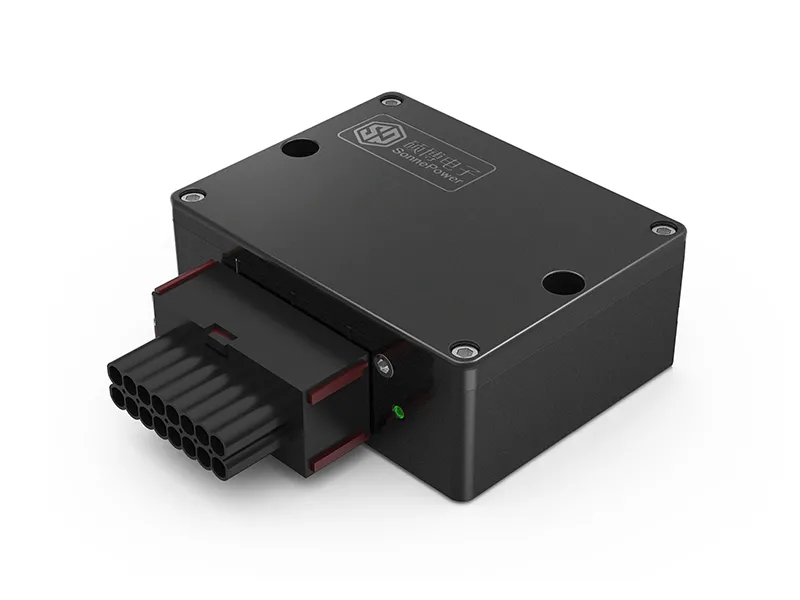Unveiling the Major Functions of the I/O Module
In the realm of technology and computing, the Input/Output (I/O) module stands as a critical component, orchestrating the seamless flow of data between the central processing unit (CPU) and external devices. Understanding the major functions of the I/O module is pivotal for anyone delving into the intricacies of computer systems. Let's embark on a journey to unravel the multifaceted role this module plays in ensuring the efficiency and functionality of a computer system.
Input and Output Processing
Input Processing: At its core, the I/O module serves as the gateway for data to enter the computer system. It handles a diverse array of inputs, ranging from user commands via peripherals such as keyboards and mice to data received from external sensors. The I/O module's prowess lies in its ability to efficiently process these inputs, ensuring a smooth transition into the system's memory.
Output Processing: On the flip side, the I/O module takes charge of transmitting processed data from the computer system to various output devices. This encompasses the display on your monitor, the printing of documents, and even the activation of external devices like speakers. The I/O module's role in managing output is indispensable for delivering the user's desired results.
Device Communication and Control
Device Communication: One of the primary functions of the I/O module is to establish effective communication with a multitude of external devices. Whether it's a USB drive, a printer, or a digital camera, the I/O module acts as the mediator, ensuring a seamless exchange of data between the CPU and these peripherals.
Control Operations: Beyond mere communication, the I/O module assumes a crucial role in controlling the operations of connected devices. It manages the initiation and termination of processes, regulates data flow rates, and coordinates the synchronization of various components, contributing to the overall efficiency of the computer system.
Buffering and Caching Mechanisms
Buffering: To optimize data transfer between the CPU and external devices, the I/O module employs buffering mechanisms. Buffers serve as temporary storage areas that absorb fluctuations in data transfer rates, preventing bottlenecks and ensuring a continuous flow of information.
Caching: Caching further enhances the I/O module's performance by storing frequently accessed data in high-speed memory. This reduces the latency associated with fetching data from slower external devices, thereby enhancing overall system responsiveness.
Interrupt Handling
Interrupt Processing: The I/O module is adept at handling interrupts, which are signals generated by external devices to gain the CPU's attention. Efficient interrupt handling allows the CPU to promptly respond to time-sensitive tasks, ensuring that critical processes are addressed without unnecessary delays.
Error Detection and Recovery
Error Detection: In the dynamic landscape of computing, errors are inevitable. The I/O module incorporates robust error detection mechanisms to identify anomalies in data transfer or device communication. This proactive approach contributes to the system's reliability and data integrity.
Error Recovery: Equally vital is the I/O module's ability to initiate corrective measures when errors are detected. Whether it's retransmitting data or reestablishing communication with a device, the module ensures that the system swiftly recovers from glitches, minimizing disruptions in operation.
Conclusion:
In summary, the I/O module emerges as a linchpin in the intricate machinery of computer systems. Its multifaceted functions encompass input and output processing, device communication, buffering, caching, interrupt handling, and error detection and recovery. As we navigate the digital landscape, a comprehensive understanding of the I/O module is indispensable for optimizing system performance and ensuring a smooth, uninterrupted flow of data.





